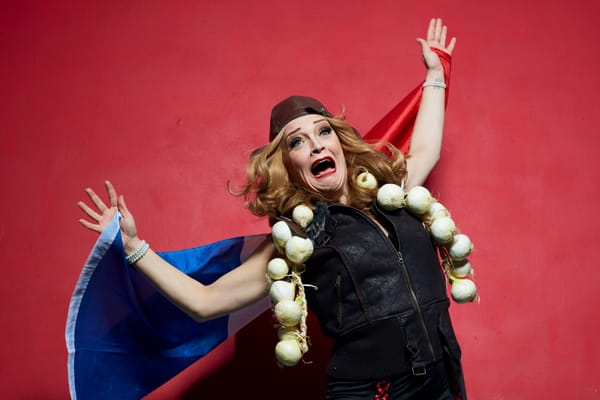The beauty behind the monster of Frankenstein
The Royal Opera House revives a stunning performance of Mary Shelley’s classic, showing it to be a story not of horror but of love and desperation.

Frankenstein has long borne the false title of a frightening and twisted tale. However, the focus of this story is really on the loneliness of Frankenstein’s Creature, and its cravings for the affections of his master.
Upon the loss of his mother in child-birth, Victor Frankenstein succumbs to a deep and consuming grief. He embarks on medical school and is introduced to the idea of reanimation. With the hope of a family reunited and more than a hint of madness, Frankenstein stitches together and awakens the Creature. Yet Frankenstein only feels fear upon sight of his creation and chooses to reject this lost and innocent being. The sorrow of the Creature quickly turns to thoughts of anger and revenge and this leads to a series of harrowing tragedies. Despite it all, the Creature continues to desire the companionship of Frankenstein and shows us as an audience that the most primal desire is that of love.
Liam Scarlett’s ballet is true to the moving narrative of the original novel but also striking in its own right. Every aspect of delivery was polished and stunning, with the score of Lowell Liebermann performed flawlessly on the night by the resident Orchestra of the Royal Opera House. The fluid tones blended seamlessly with the dancers, elevating the emotion through tense crescendo and complimenting the romance between Victor and his wife, Elizabeth, with soft melodies.
The dancers themselves were artful in their movement. The Principal, Victor Frankenstein, was portrayed by Federico Bonelli; Wei Wang debuted as the Creature; Laura Morera shone as Elizabeth.
A particular strength of this performance was the contrast between the characters and the manner this was conveyed through dance. Bonelli carried off strong and unhesitating leaps and lifts throughout, telling of Frankenstein’s seriousness and drive. Wang was a true and particular joy to behold. He was elegant in a manner almost feminine and the hope and longing of the Creature was palpable. There were also occasions of self-loathing and fast, flighty movement that captured these spates of overwhelming emotion. This is not to forget Morera, who radiated beauty and joy. Her character is instrumental to bringing happiness and light to the story and to Frankenstein, who is plagued by fear of retribution and other nightmares.
Another impressive aspect of this ballet is its design - every element of it. The scene when Frankenstein first enters the surgical theatre is one of the most powerful moments in its staging. The lighting by Finn Ross draws out deep shadows, producing an eerie and serious atmosphere initially. This is also the location of the machine that animates the Creature. The large, heavily lit operation table that lowers to centre stage only exacerbates the drama of this.
However, all prior scenes pale in comparison to the masterpiece that is the final act of Frankenstein. Gorgeous staging of a curling staircase and sweeping lights set the backdrop to the twinkling gowns of the Royal Ballet dancers. The soft beauty of this setting gradually transforms into blazing fires and an intimate, painful dance between Frankenstein and the Creature. The sheer talent displayed is breath-taking until the very end and well worth the standing ovation that was given.
-5 stars









